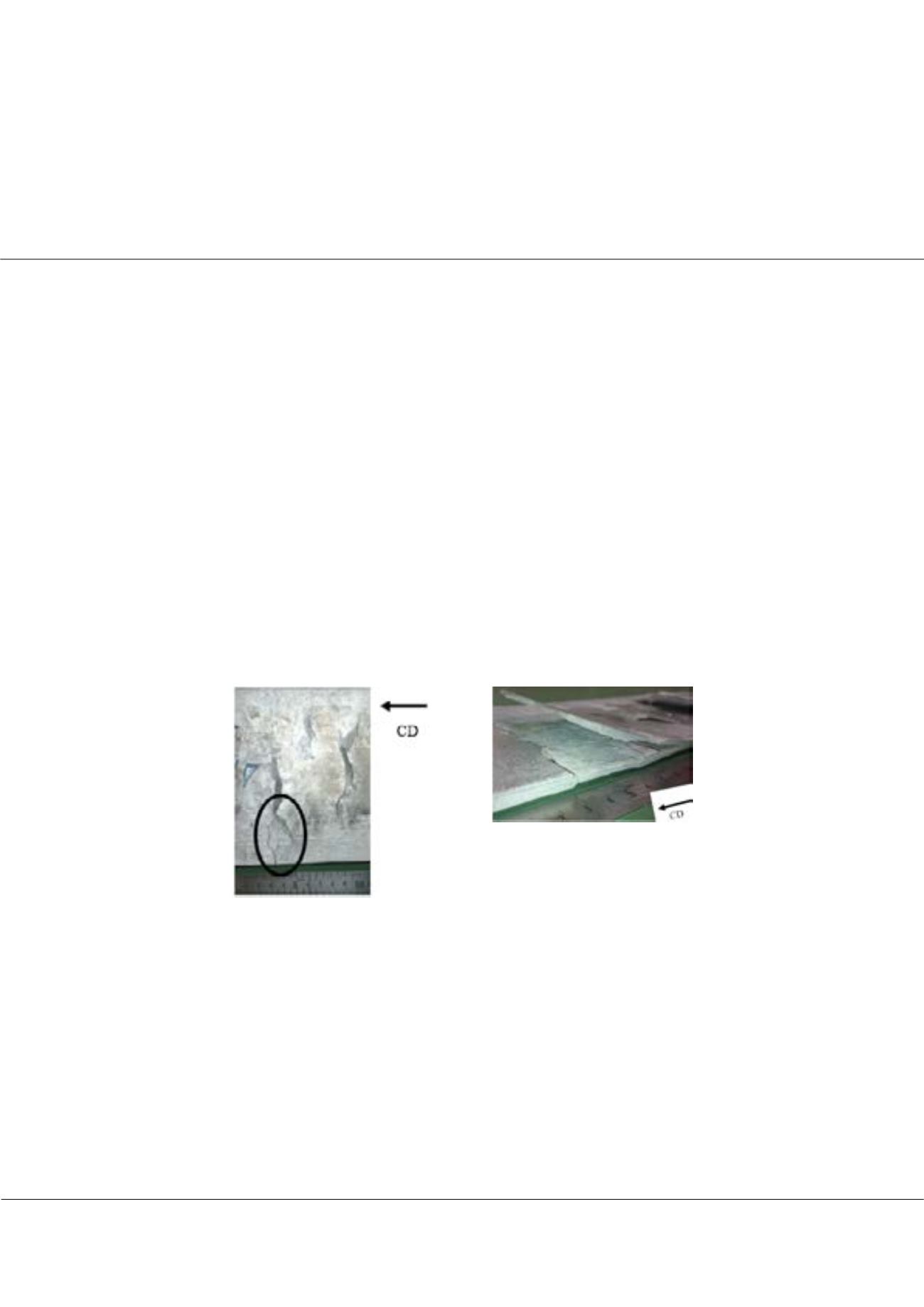

Page 102
conferenceseries
.com
Volume 6
Research & Reviews: Journal of Material Sciences
ISSN: 2321-6212
Advanced Materials 2018
September 04-06, 2018
September 04-06, 2018 | Zürich, Switzerland
21
st
International Conference on
Advanced Materials & Nanotechnology
Horizontal twin roll casting of aluminum alloy A7075
Yuta Kashitani
1
, Shinichi Nishida
1
, Junshi Ichikawa
1
, Kentaro Tsunoda
1
, Yuto, Horigome
1
, Naoki Ikeda
1
, Daichi Uematsu
1
, Makoto Hagiwara
1
, Hideto
Harada
1
and
Toshio Haga
2
1
Gunma University, Japan
2
Osaka Institute of Technology, Japan
T
his paper describes a horizontal type twin roll strip casting process for producing aluminum alloy strip of A7075. Twin roll
casting process is able to produce a strip from molten metal directly. Thus this process has a possibility to reduce total cost of
sheet making comparing to conventional rolling process. Strip casting process has some disadvantages. Casting speed depends on
the material properties. It is difficult to determine the casting conditions. Aluminum alloy A7075 has high tensile strength, and it is
known as a material for aerospace application. The sheet is manufactured in small quantities comparing to the other sheet aluminum
alloy. Because A7075 alloy sheet is generally needed to a number of rolling and annealing process after hot extrusion. It is supposed
that the demand of high tensile strength aluminum sheet such as A7075 is going to increase for weight saving of structural material.
In this study, the effect of pouring temperature on the strip was investigated. Castability, surface conditions microstructure and strip
thickness were estimated. It was possible to produce strip at any pouring temperature by horizontal twin roll strip casting process.
Each surfaces of produced strip were transcribed form the roll surface, and the surfaces had a metallic luster. Minor cracks occurred
at pouring temperature 710°C. Solidification cracking occurred at a pouring temperature of 740°C. Generally, the strip thickness
tends to decrease as the pouring temperature increases. However, the strip thickness of pouring temperature of 710°C and 740°C
increased compared with the pouring temperature of 680°C. Moreover, the strip thickness decreased at the pouring temperature of
770°C. As a result of observing the microstructure, equiaxed crystals were produced at any pouring temperature.
(a) Cracks (Pouring temperature was 710°C)
(b) Cracks (Pouring temperature was 740°C)
Fig.1
Solidification cracks of produced A7075 aluminum alloy strip by twin roll caster
Recent Publications
1. Yuta Kashitani, Shinichi Nishida, Junshi Ichikawa, Hiroto Ohashi, Nao Ozawa, Ryosuke Okushima, Tomoya Suzuki,
Yuto Takigawa and Hideto Harada, Twin Roll Casting of Aluminium Alloy ADC12, A3003, A7075, Key Engineering
Materials, Vol.735, 18-23 (2017).
2. Hiroto Ohashi, Shinichi Nishida, Yuta Kashitani, Junshi Ichikawa, Nao Ozawa, Tomoya Suzuki, Ryosuke Okushima,
Atsuhiro Aoki and Hideto Harada, Direct Molten Metal Rolling of Aluminum Alloy A3003, Key Engineering Materials,
Vol.735, 13-17 (2017).
3. Yuta Kashitani, Shinichi Nishida, Junshi Ichikawa, Hiroto Ohashi, Nao Ozawa, Ryosuke Okushima, Tomoya Suzuki,
Yuto Takigawa and Hideto Harada, Twin Roll Casting of Aluminium Alloy ADC12, A3003, A7075, Key Engineering
Materials, Vol.735, 18-23 (2017).
Yuta Kashitani et al., Res. Rev. J Mat. Sci. 2018, Volume 6
DOI: 10.4172/2321-6212-C3-020
















